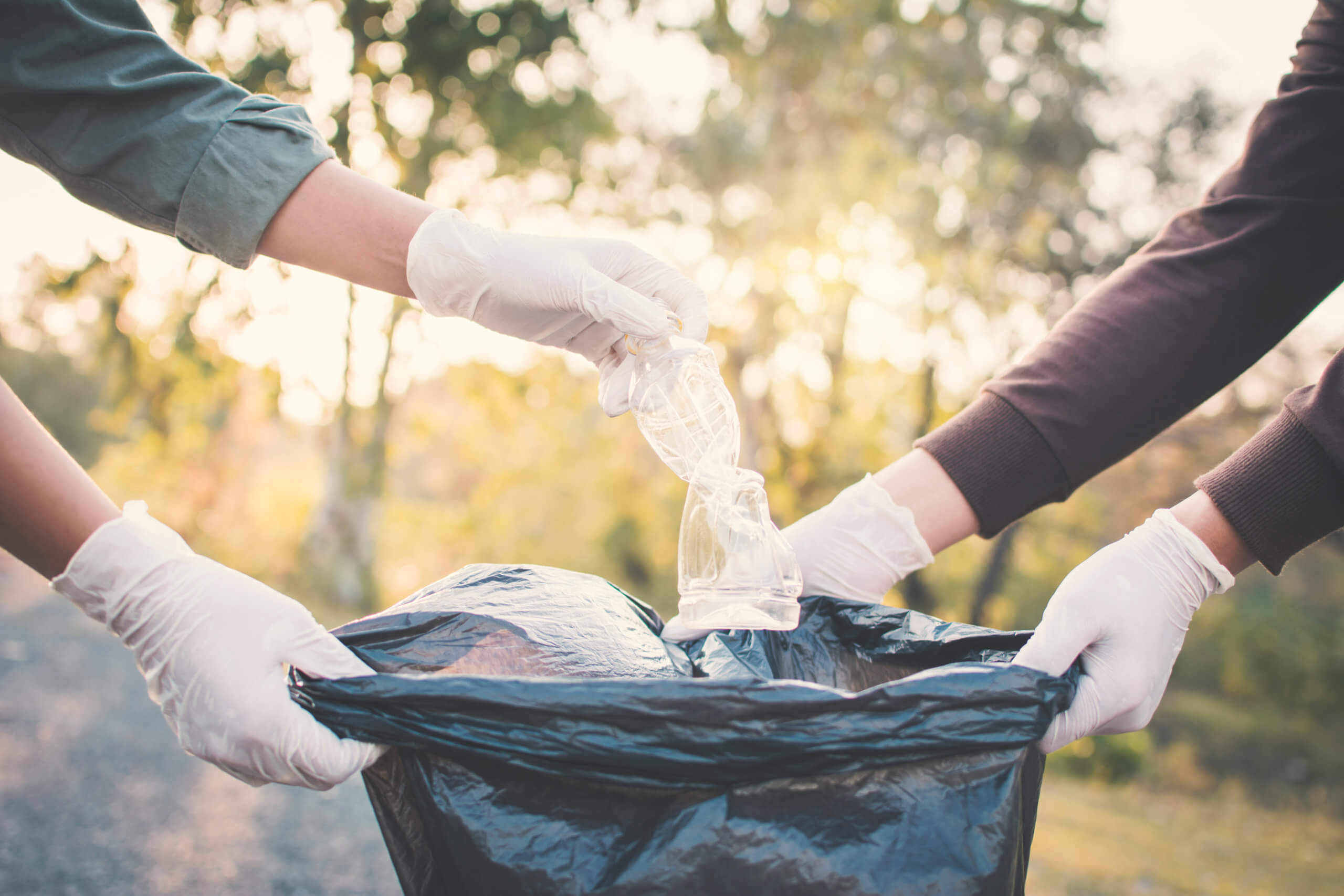
“The environmental impact of plastic is greater than any other packaging material.”
FACT: Plastic manufacturing, use and recycling requires less energy and generates less waste than the most common alternatives.
Plastic is lighter and more durable than alternatives and reduces the overall weight of products. Lighter products require less fuel to transport and that reduced weight translates to a smaller environmental footprint by lowering energy use and carbon emissions. If plastic packaging were replaced with other materials, waste and energy consumption would double, and weight and costs would quadruple. For example, plastic baby food packaging provides small but significant environmental benefit over glass jars with impacts reduced by 14% to 27% for primary energy and 28% to 31% for global warming. When comparing plastic and glass baby food jars, plastic containers also release fewer carcinogens into the air and send fewer pollutants into waterways when compared to glass jars.


“Banning plastic is the most effective way to solve the issue of plastic waste.”
FACT: Partnerships that bring together industry, regulators and NGOs are a proven way to create lasting change.
Banning plastic might seem like a straightforward approach to solving the issue of plastic waste but it ignores the many benefits of plastics and the steps the plastics industry is taking to increase plastic recycling and reuse. The Save Our Seas Act 2.0 (SOS 2.0), enacted in December 2020, represents the most comprehensive marine debris legislation ever enacted and again brought together industry and regulators to brainstorm on an issue that affects everyone. Meaningful collaboration like SOS 2.0 serves as an example of what partnership can achieve.
The plastic waste problem is a symptom of poor disposal and waste management not unique to plastic – all forms of packaging when improperly disposed contribute to waste in the environment. The Alliance to End Plastic Waste is one of many industry supported initiatives to create a multi-stakeholder approach to solving the issue of plastic waste. Partnerships and consumer education are the most effective tools to achieve the goals that both the industry and critics are aiming for.


“Plastic straws are a major source of waste and banning plastic straws or replacing with paper straws is more sustainable and economically friendly.”
FACT: Plastic straws account for a small fraction of waste and when disposed of properly pose no risk to animals or people.
Banning plastic straws does little to solve the problem of plastic waste and does further harm to the environment since alternatives such as paper require far more resources to produce and are less durable. Time and experience have shown that regulation that focuses just on straws, or any one specific product, misses the point and fails to address the core issue of increasing access to waste management, effective behavior change campaigns and public education. The issue with plastic straws like other products is ensuring proper disposal and increasing the capacity to recycle and reuse rather than banning. When properly disposed, plastic straws pose no more risk than other plastic items or other common household waste.


“The plastics industry has offered no meaningful solutions and alternatives to solve the issue of plastic waste.”
FACT: The plastics industry has dedicated billions of dollars to fund research and development, to reduce and ultimately eliminate plastic waste.
The plastics industry is the tip of the spear in innovation and advocacy aimed at reducing the environmental impact of plastics. The industry has been engaged in efforts to increase funding for recycling programs and supporting legislation like the Realizing the Economic Opportunities and Value of Expanding Recycling (RECOVER) Act which would allocate federal grants to states and municipalities to invest in improving recycling programs and infrastructure, including upgrading material recovery facilities and other plants that receive and process recyclables, and enhancing the recovery and collection of material.


“Plastic recycling is not sustainable.”
FACT: Plastic’s intrinsic recyclability and energy recovery options create an opportunity for sustainable plastic use and recycling.
While plastic is 100 percent recyclable, current investment in recycling technology and waste management has not kept pace with the increased use of plastics. With more investment in plastic recovery and education, the amount of plastic that is recycled will likely increase leading to a reduction in the overall lifecycle emissions. While investment in recycling ramps up to meet demand, energy recovery is possible when plastic and other discarded waste is incinerated to generate energy in a waste-to-energy process. Carbon capture technology can also be utilized to reduce emissions and overall environment impact of waste-to-energy plants. That energy is then sent to the grid to be used to power homes, schools and communities across the world.

